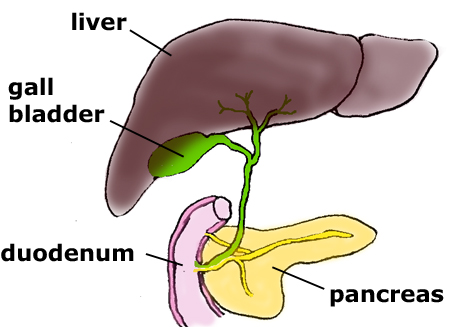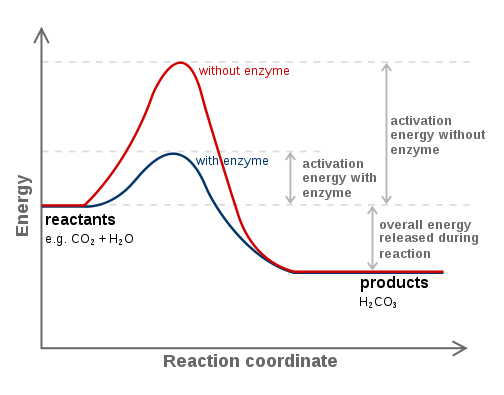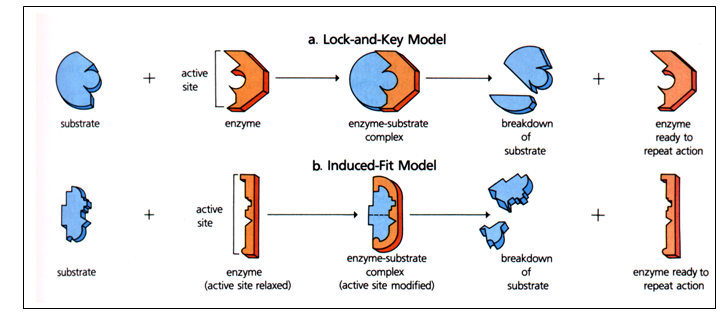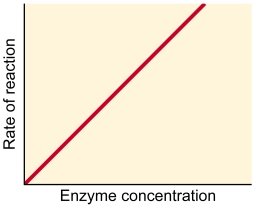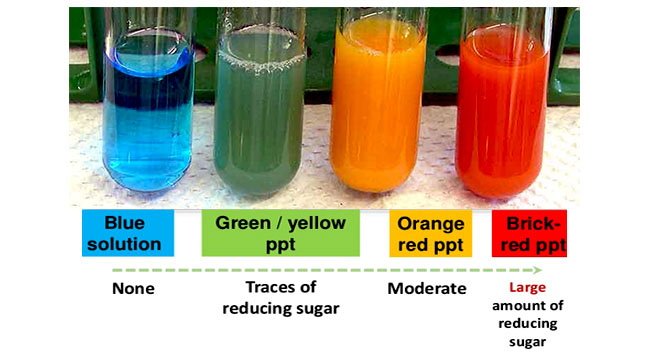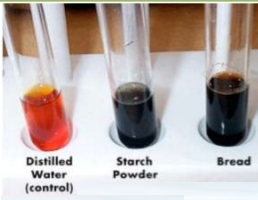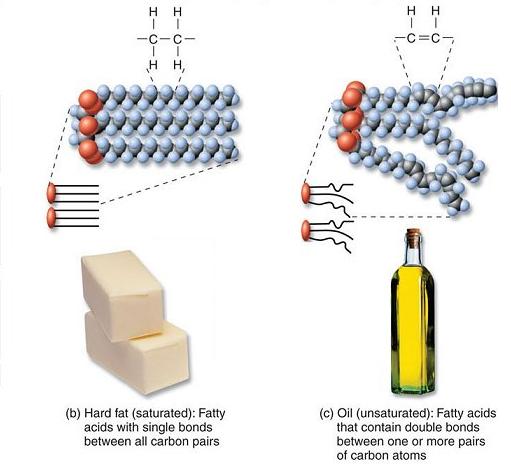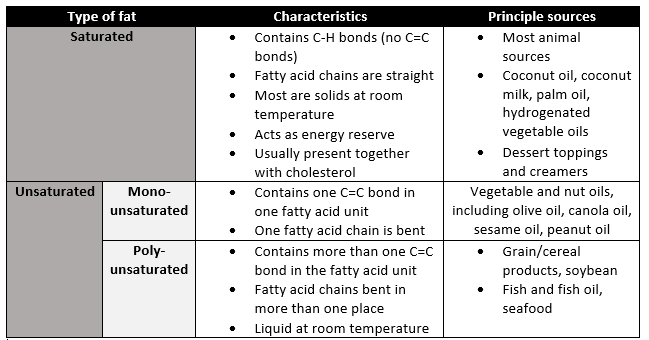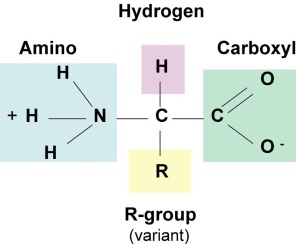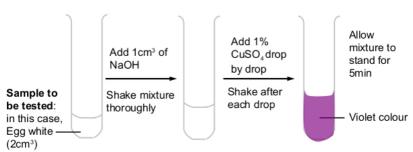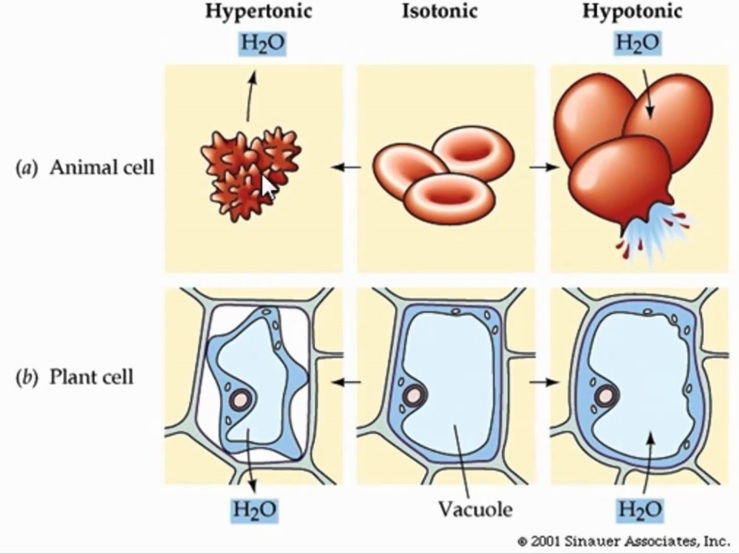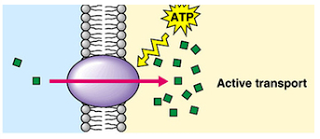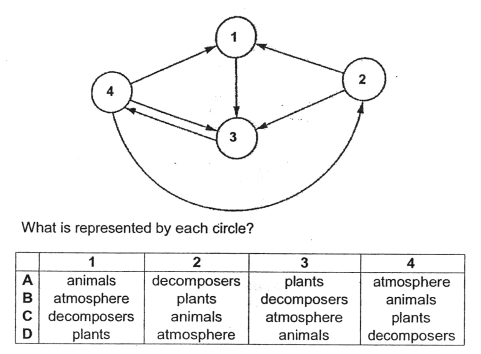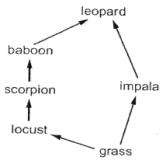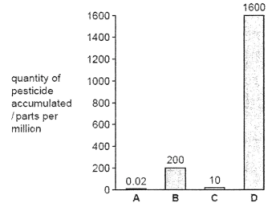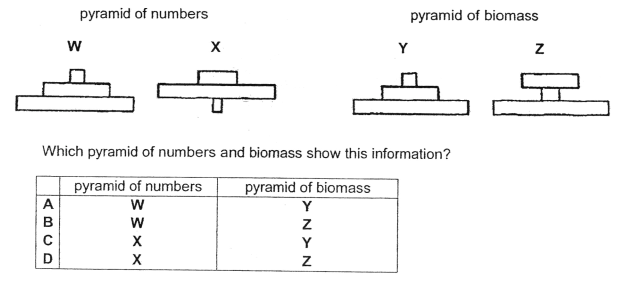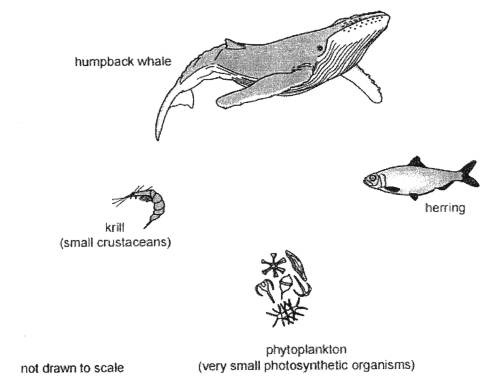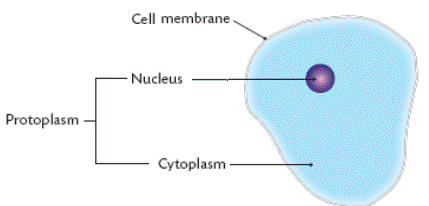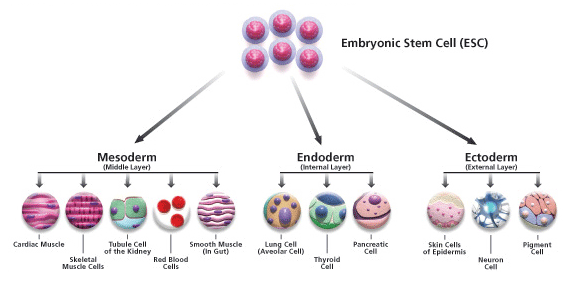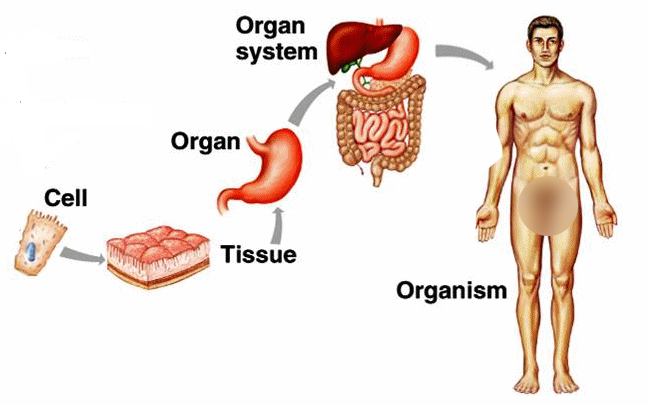Nutrition is the process of taking in food and converting it into living matter. Animal feed by taking in complex organic matter (holozoic nutrition).
In animals, nutrition consists of the following processes:
- Feeding/ingestion – Food taken into the body
- Digestion – Large food molecules broken down into smaller soluble molecules that can be absorbed into the body cells
- Absorption – Digested food substances absorbed into the body cells
- Assimilation – Some of the absorbed food substances are converted into new protoplasm or used to provide energy

Feeding/ingestion:
- Mouth and buccal cavity – Food enters mouth which leads to the buccal cavity,
- teeth breaks down food into smaller pieces
- salivary glands produce saliva which flows into oral/buccal cavity via tubes known as ducts
- tongue helps to mix food with saliva

- The pharynx – Passageway for food and air into the body
- connects to the oesophagus and larynx (contains a slit-like opening known as the glottis)
- larynx leads to the trachea (windpipe; leading to the lungs)
- flap-like tissue epiglottis above the larynx, behind the root of the tongue, prevents food from going down the wrong way

- The oesophagus/gullet – Narrow muscular tube which pass through the thorax (chest) and diaphragm to join the stomach
- wall of oesophagus made up of two layers of muscles (longitudinal muscles on the outside, circular muscles on the inside of gut) –> peristalsis
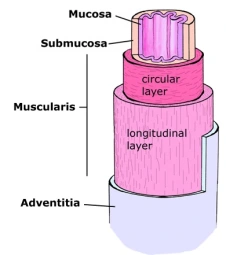

- wall of oesophagus made up of two layers of muscles (longitudinal muscles on the outside, circular muscles on the inside of gut) –> peristalsis
- The stomach – Distensible (can be stretched/expanded) muscular bag
- when fully distended sends signals to the brain that it is full (or sated)
- pits present on the stomach wall lead to gastric glands that secrete gastric juice
- pyloric sphincter (ring of muscle) located at the junction between stomach and small intestine (contract/relax to close/open the entrance to small intestine)


- The small intestine – Consists of U-shaped duodenum, jejunum and coiled ileum
- lining of the walls of small intestine contains glands which secrete digestive enzymes, walls also adapted to absorb digested food products and water

- The large intestine – Shorter and broader
- colon absorb water and mineral salts from undigested food)
- rectum is a temporary storage of faeces
- caecum is a sac-like structure between colon and intestine, attached to the appendix (no specific function)

- Accessory organs involved in digestion –
- Liver – largest gland in the body, secrete bile which is a greenish-yellow liquid that contains bile salts & bile pigments which help to speed up digestion of fats by emulsifying fats into small fat molecules
- gall bladder is the temporary storage area for bile, connected and release bile to duodenum via bile duct
- pancreas is connected to the duodenum by pancreatic duct, produces pancreatic juice containing digestive enzymes along with the hormones insulin and glucagon
